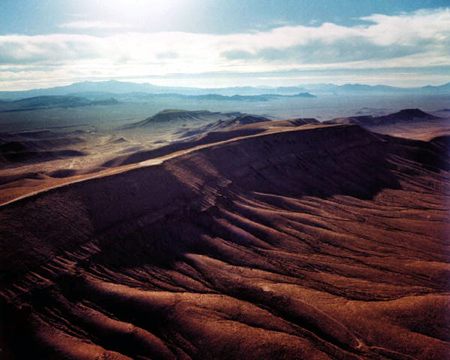
Litteratur |
CRS: Civilian Nuclear Waste Disposal. / : Mark Holt.
2015.
'Spent Nuclear Fuel Program
The Nuclear Waste Policy Act (P.L. 97-425), as amended in 1987,
required DOE to focus on Yucca Mountain, Nevada, as the site of a
deep underground repository for spent nuclear fuel and other highly
radioactive waste. The state of Nevada has strongly opposed DOE's
efforts on the grounds that the site is unsafe, pointing to
potential volcanic activity, earthquakes, water infiltration,
underground flooding, nuclear chain reactions, and fossil fuel and
mineral deposits that might encourage future human intrusion.'
GAO: DOE Nuclear Waste : Better Information Needed on Waste
Storage at DOE Sites as a Result of Yucca Mountain Shutdown.
2011. - 40 s.
Yucca Mountain: The Most Studied Real Estate on the Planet :
Report to the Chairman, Senator James M. Inhofe U.S. Senate
Committee on Environment and Public Works, Majority Staff, March
2006. - 25 s.